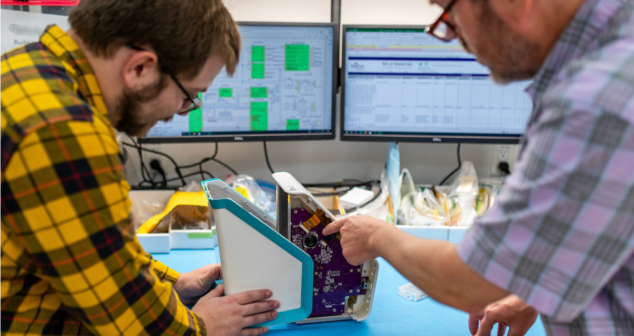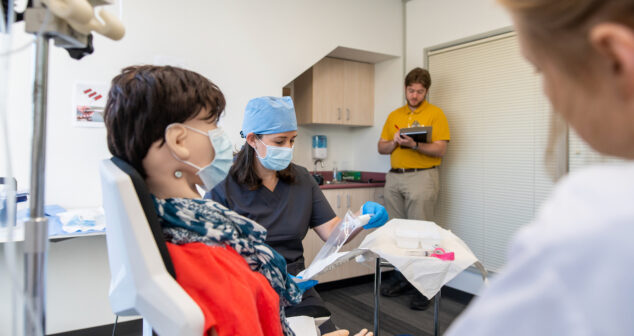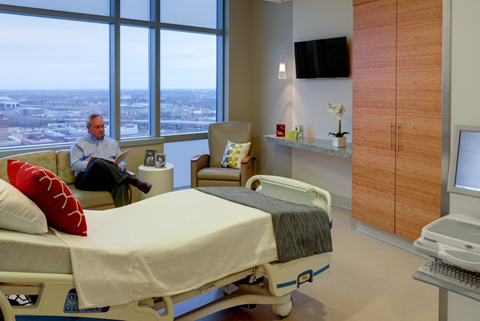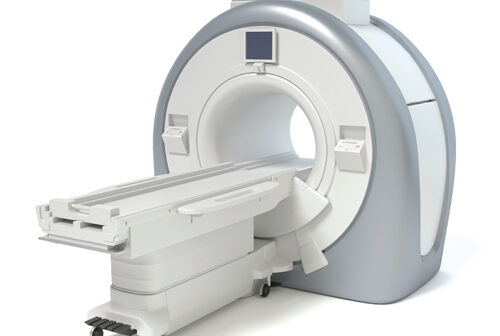Resource Centre
Discover a wealth of knowledge and insights from the experts at StarFish Medical. Our Resource Centre offers product development tips, reviews of new and cutting-edge technologies, and in-depth articles on regulatory updates and compliance in medical device development.
-

5 FDA Inspection tips from our QA/RA experts help make FDA inspections efficient, effective and successful.
-

Medical Device Product Development Tips from experts covering engineering, design and development in Phase One of Development.
-

Areas to be considered in Summative / Human Factors Validation planning, include test environment, and user profile review.
-

Delve into the principles of patient-centered medical device design advantages for patients and healthcare providers.
-

Pantone in Medical Device Development discusses Panton application and use, and why it is important to precisely communicate colors.
-

Importance of using Computational modeling thermoplastic properties to predict and validate thermoplastic properties in a medical device.
-

Medical device regulatory and QMS hidden costs can often be avoided when projects are well defined early to understand and know the costs up front.
-

Tips and examples for Product Definition (Phase Zero) of medical device commercialization process.
-

Analysis of FDA draft guidance "Decentralized Clinical Trials for Drugs, Biological Products, and Devices."